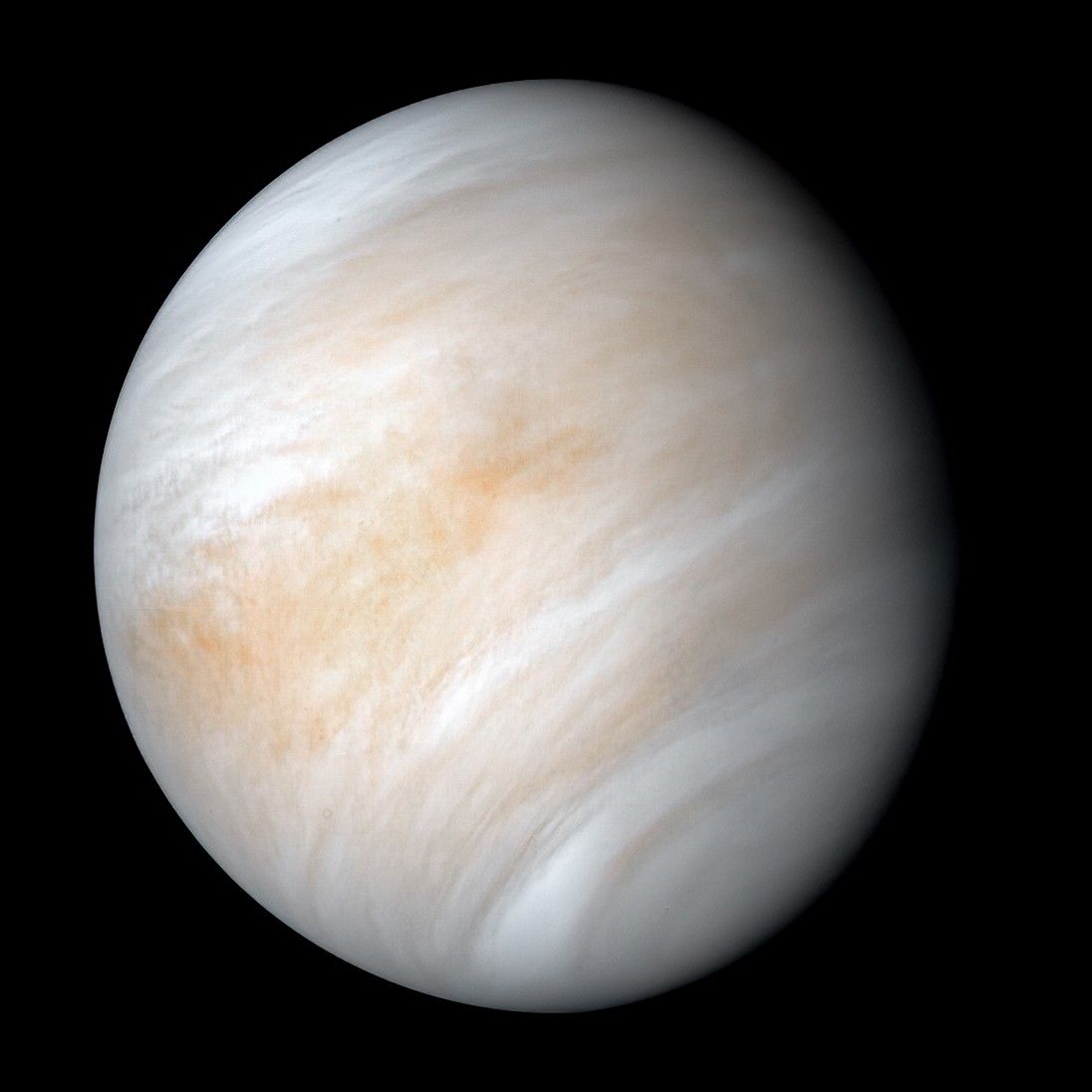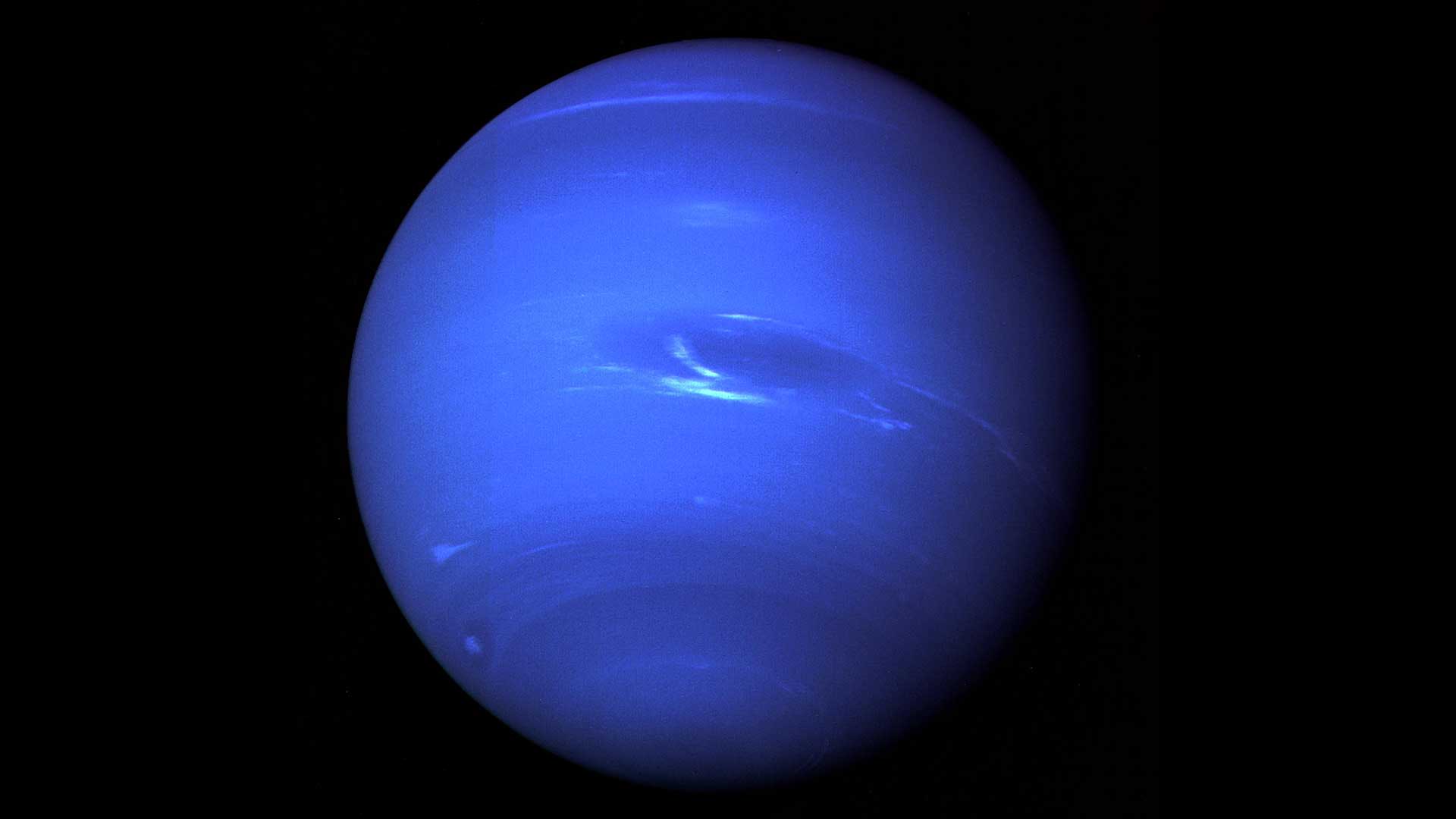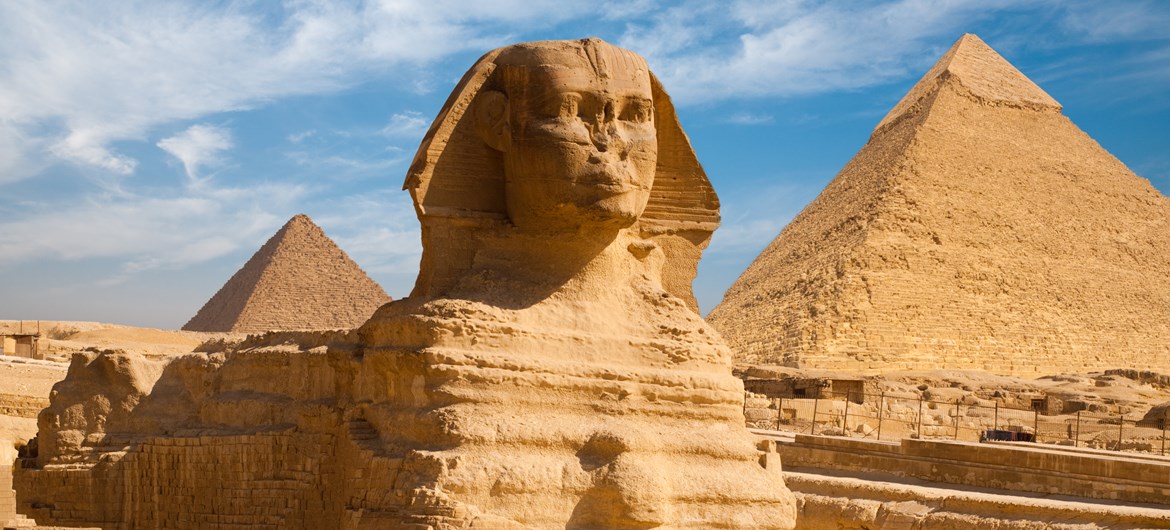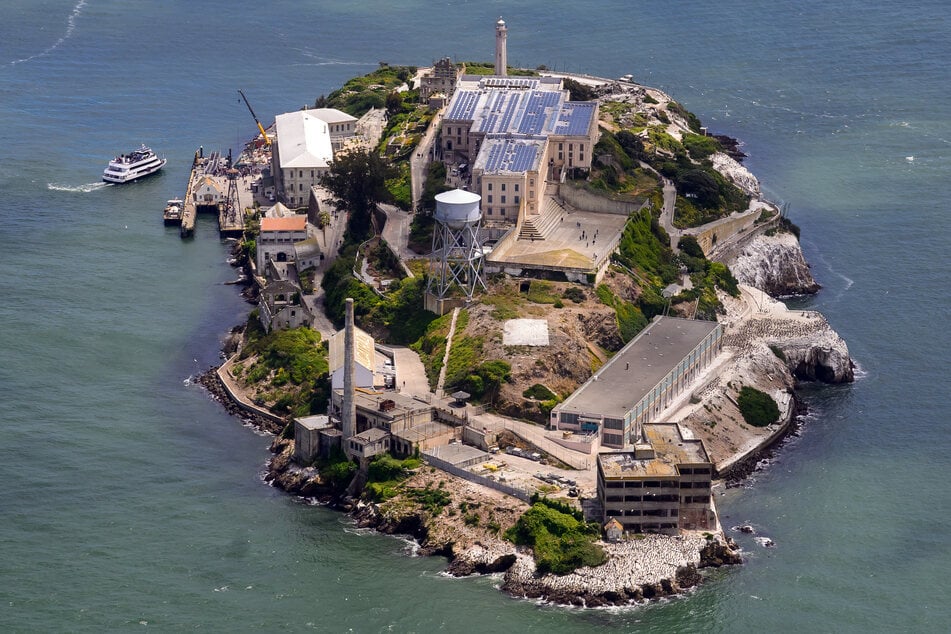Saturn: The Ringed Giant Continues to Amaze Astronomers
Explore the fascinating world of Saturn, the ringed giant of our solar system, known for its stunning rings, mysterious moons, and ongoing scientific discoveries.

Saturn, the sixth planet from the Sun and the second-largest in our solar system, continues to capture the fascination of astronomers and space enthusiasts alike. Known for its magnificent rings, Saturn remains one of the most studied celestial bodies due to its complex structure, diverse moons, and unique atmospheric features.
Saturn is a gas giant primarily composed of hydrogen and helium. Its most iconic feature—the elaborate system of rings—consists mostly of ice particles, dust, and rocky debris. Although the rings appear solid from a distance, they are made up of countless small particles that orbit the planet in harmony. Scientists believe the rings could be remnants of comets, asteroids, or shattered moons that were torn apart by Saturn's strong gravity.
The planet is also home to over 140 moons, the largest of which is Titan. Titan is of particular interest to scientists because it has a thick atmosphere and lakes of liquid methane and ethane on its surface, making it a candidate for the search for extraterrestrial life. Another notable moon, Enceladus, has shown evidence of water geysers erupting from beneath its icy surface, suggesting a subsurface ocean that could harbor microbial life.
Saturn's atmosphere is no less fascinating. It displays massive storms, strong winds, and a hexagon-shaped cloud pattern at its north pole—a mystery that scientists are still trying to understand. The planet also has an incredibly low density; in fact, if there were a large enough body of water, Saturn could theoretically float.
Missions like NASA's Cassini spacecraft, which orbited Saturn from 2004 to 2017, provided valuable insights into the planet's rings, atmosphere, and moons. The mission ended with a dramatic plunge into Saturn’s atmosphere, but its data continues to fuel new discoveries.
Currently, telescopes around the world continue to observe Saturn, and future missions are being planned to further explore its intriguing system. The European Space Agency (ESA) and NASA are collaborating on upcoming space missions that could include more detailed studies of Titan and Enceladus.
Saturn also plays a key role in understanding planetary formation and the dynamics of gas giants, both in our solar system and in exoplanet systems beyond. As technology advances, astronomers hope to uncover even more about this beautiful and mysterious world.
Whether it's through a telescope, a space probe, or classroom education, Saturn remains a symbol of wonder and a reminder of how much we still have to learn about our cosmic neighborhood.
What's Your Reaction?











/https://tf-cmsv2-smithsonianmag-media.s3.amazonaws.com/filer_public/54/66/546650fa-26a4-40fd-8d6d-5a7a04540f81/rosetta2.png)
:max_bytes(150000):strip_icc():focal(999x0:1001x2)/robert-prevost-050825-1-39395418ab494da5a3a700c9478e66c8.jpg)















































format(webp))
format(webp))
























